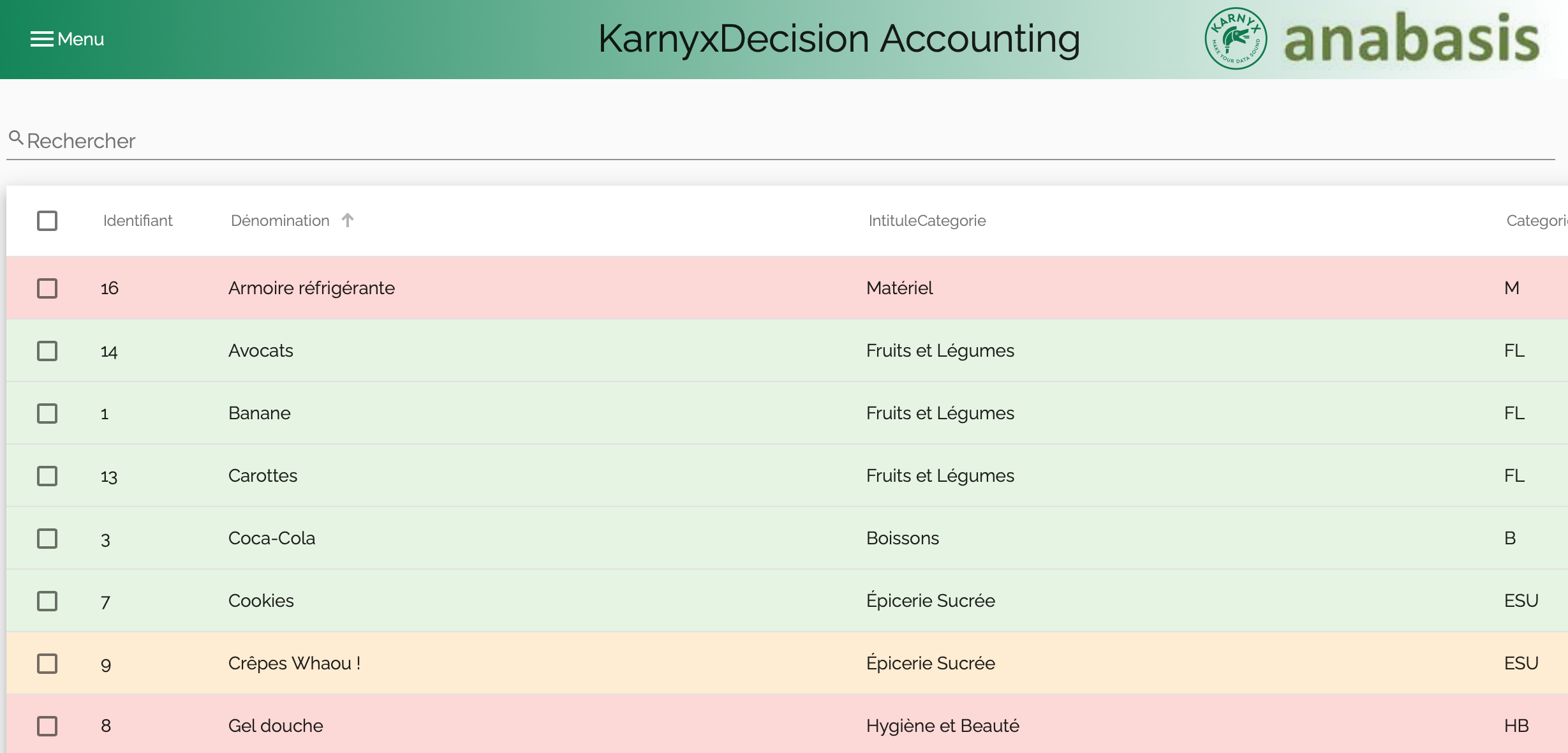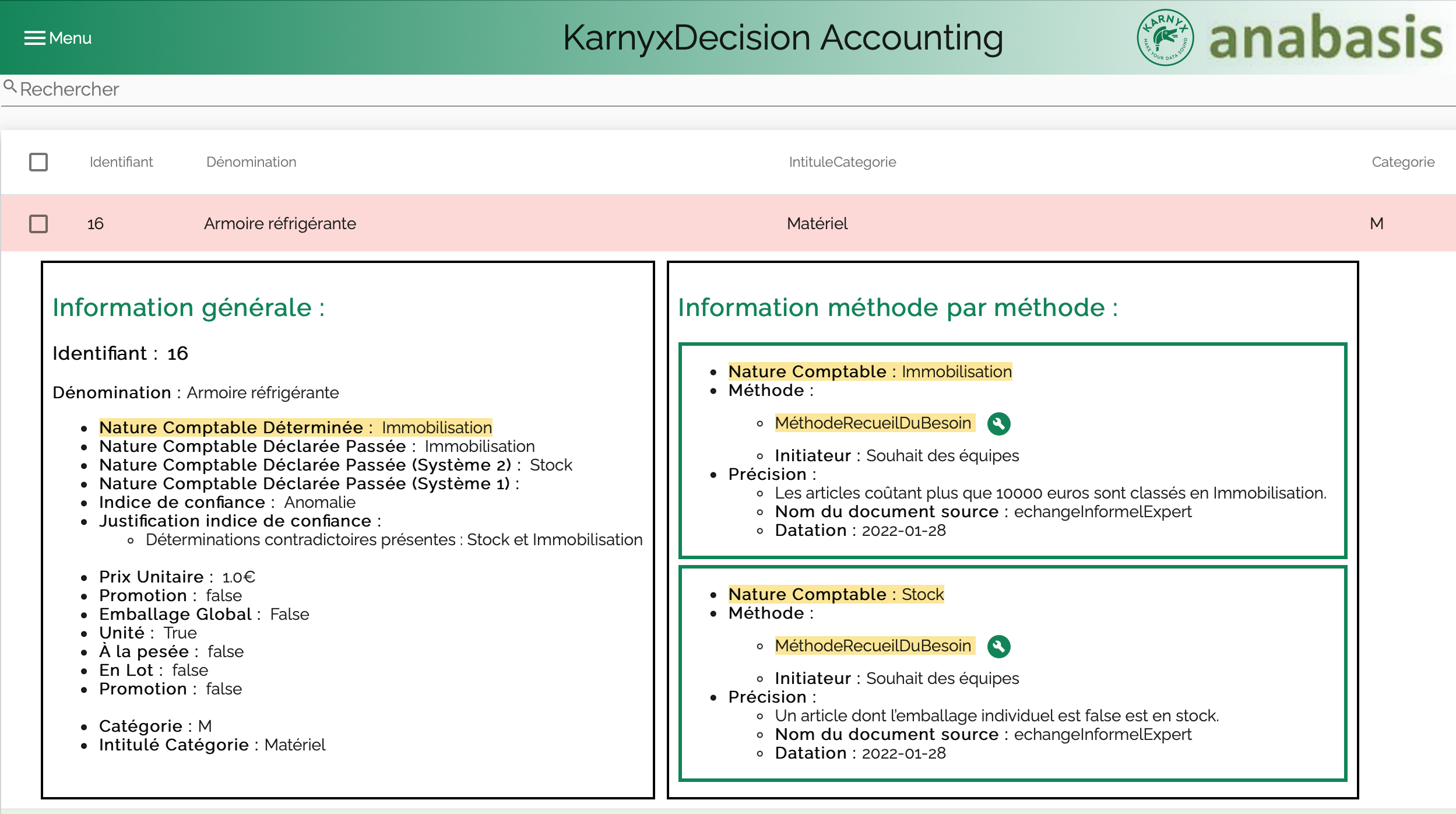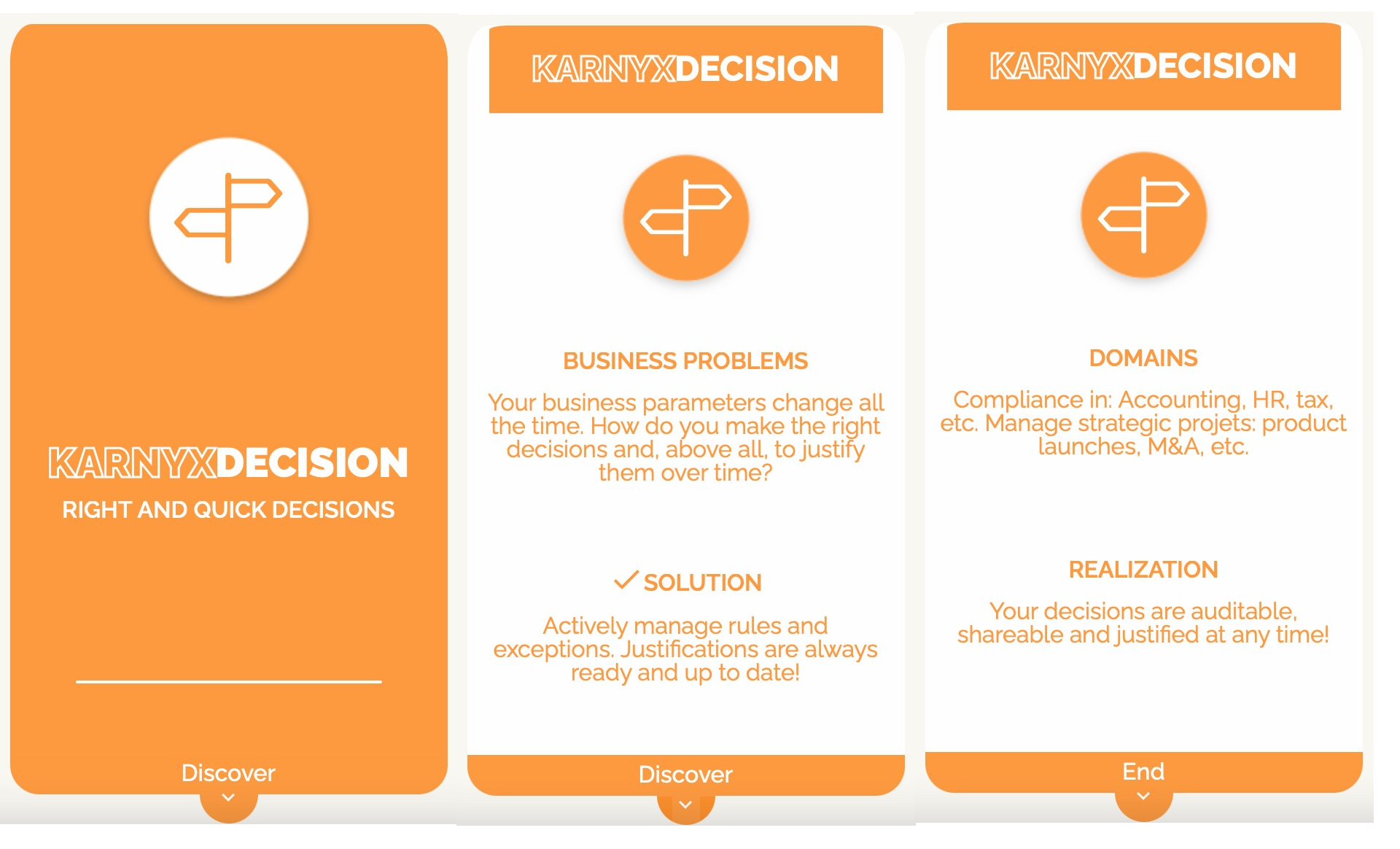Determining the accounting nature, a complex question... of data
Posted on 2022-05-04 by Anabasis
Translations: frCategories: Technology
Introduction
Accounting is a key department, whether in businesses, administrations or associations. There are already many business softwares and applications out there, allowing to work with different information systems (IS), with other departments in an organisation, with partners. But do they really allow accounting teams to express all subtleties of accounting and financial thinking?
Make no mistake: accounting is not only about applying rules and norms. It also requires sound business judgment on the nature of various objects. This is why at Anabasis we believe accounting teams must be assisted with true decision tools.
To this effect, we rely on collecting detailed business rules and... technologies derived from semantic web standards. The expressive power of ontologies, their capability to express relations and rules, to model as close as possible to the needs of accounting teams. Working with the French ministry of defence (MoD), known for their high standards, Anabasis has developed a unique "Karnyx-décision" suite, specifically dedicated to accounting.
How does the "Karnyx-decision Accounting" suite enable an accounting team to gain effectiveness and accuracy?
In the following sections, we present the context and then the main characteristics of our software suite based on the case studied. Of course the product is fully customizable to suit the specific needs of each organization.
Cost elements, a complex, data-driven question
An item arrives in front of you, finally its identifier appears on your screen, and you have a few minutes or seconds to determine its accounting nature, move on to other items and close the accounts before tonight. You are thinking about the holiday meals and the files that you may have to take with you at the start of the Christmas holidays. Every accountant's nightmare?
Determining the cost element is indeed a complex issue. An identifier is not enough to classify an article. More datas are needed to understand its essence, its use, its place within the organization: for example the price or the re-use of an object. Most of the time data come from different information systems, they are often incomplete and sometimes contradictory. When it comes to data as for many other things, the accounting teams are the end of the foodchain, which puts them right in front of the data issues of the organization itself. To even increase their frustration, they are not entitled to solve these issues on their own - it is the prerogative of the business!
Added to this is the quantity of rules, standards, official procedures, stemming from Government, from the organization itself, from general accounting practices or from the field, changing, which must be followed, integrated... and managed when faced with an ambiguous or contradictory choice.
How to decide?

To overcome this, a classic approach is hoc Excel sheets, modified by hand as needed, which then circulated among the team members. But what to do in the event of a change of position of the main interested parties? How do I propagate sheet changes? How to rely on it to enter data in a Corporate Information System IS NOT necessarily designed for this?
All of these practices complicate the management of data within the organization itself and are only palliatives for a deeper problem.
Determine accounting cost elements
To help accounting teams and not disrupt the organization, one solution is to integrate a decision-making tool that communicates with the information systems, personalized to the needs of the teams, integrating "Excel" procedures and practices.
The Karnyx accounting decision suite is this tool, custom built, flexible and scalable.
The idea is to quickly enable accounting teams to obtain automatic accounting determination results and to sort between reliable results (in green), results to be verified (in orange) and results containing anomalies (in red). In other words, between results on which the different procedures agree, and those on which more or less strong divergences emerge.

Reliable results can thus be automatically transferred to the appropriate IS. The results to be verified can be very quickly reworked by business experts and then submitted. Abnormal results are those that will interest accounting teams and encourage them to discuss procedures, query other IS, interact with other departments to find the best way to characterize them.
The knowledge engineering methodology, which we will soon present to you in a detailed article, is used to collect and formalize all accounting determination methods.
How to justify cost elements
The methods are carefully documented, linked to pages, files and other sources of information that the accounting teams would like to consult when in doubt about an item. Known information about the article, from the various IS that can be consulted, is also listed.
The methods can be of different types: chart of accounts, national and European standards, internal regulations, but also practices collected by knowledge engineers and formalized in agreement with business experts.
When an item appears as an anomaly, for example, the different methods that led to the proposed accounting determination, or the absence of an accounting determination, are listed in the user interface.

By reviewing them, the accounting teams can quickly access the justifications that would make it possible to debate and lean towards one determination rather than another. The aim here is to formally define the cases of use of the procedures for the most ambiguous articles. The solution will then integrate these new rules.
The accuracy of the determined cost element may depend on the human time of other services, for example the determination of items in stock triggers the long inventory procedures of logistics services.
The importance of the argument of the accounting nature is also linked to the legal constraints of declaration of the company's assets or justification of the use of public money.
In short, being able to trace the why of a determination can sometimes turn out to be more important than the determination itself.
Conclusion
The Karnyx-accounting decision suite that Anabasis is developing comes in support of the tools widely present in accounting firms: its integration is easy.
The tooling is based on a methodology for gathering requirements and business modelling. It simplifies the task of accounting determination by allowing accounting teams to quickly identify the most delicate items on which to focus and to automatically process the most recurring cases.
It also makes it possible to compare the methods used, to trace the results obtained and to justify with precision the decisions taken by the teams.
Want to know more ? Come see the presentation video of an instance of the product interface here:
Explainable AI in all its states (or almost!): a few use cases
2024 marks a turning point for Anabasis: after successful production launches with key customers, we needed to take a step back, beyond the sectoral or business applications of our Karnyx expla
Explainable artificial intelligence and Semantic Web tools - Part 2
In the previous post, we focused on RDF-style knowledge graphs, the basis of Anabasis technologies. Now we a
Retour sur la participation d'Anabasis à SemWeb.Pro 2023
Parce qu'Anabasis Assets a construit sa suite logicielle sur les normes et standards du web sémantique (entre autres), il était naturel de participer à la Jou

